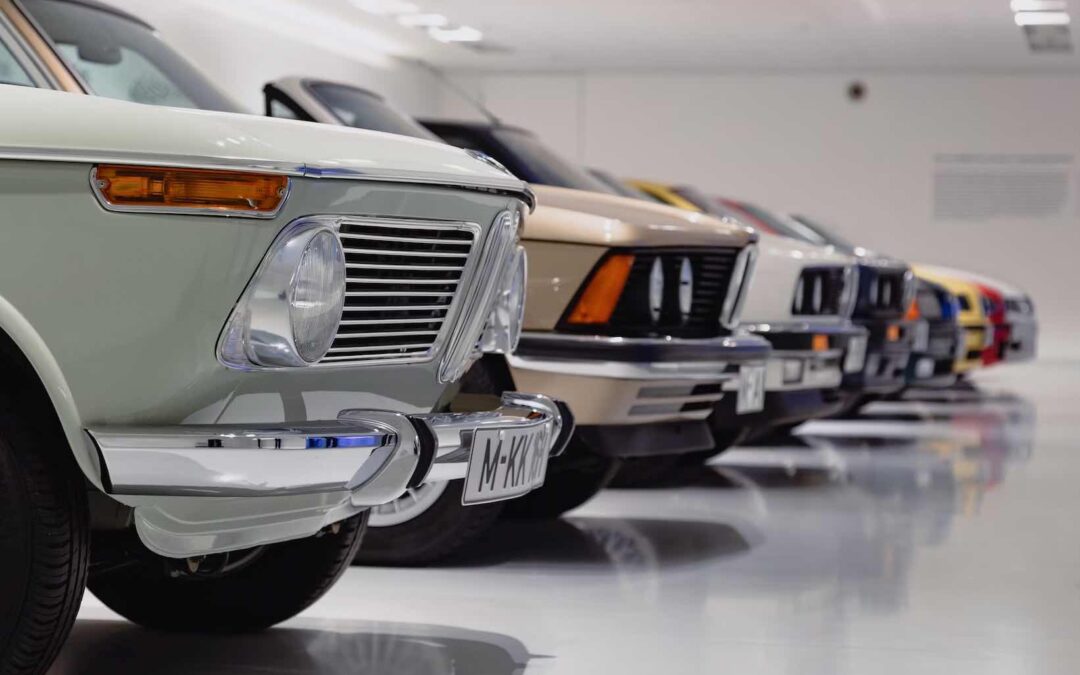When natural disasters strike, they can wreak havoc on both homes and vehicles. While home insurance is designed to cover property damage caused by these events, what about your car? In this blog, we’ll dive into the topic of whether auto insurance covers damage from natural disasters, shedding light on important considerations for vehicle owners.
1. Comprehensive Coverage:
Comprehensive coverage, often referred to as “other than collision” coverage, is the type of auto insurance that typically covers damage from natural disasters. This coverage extends beyond collisions and includes events like floods, hurricanes, earthquakes, and even falling trees. It’s important to review your policy to ensure you have comprehensive coverage in place.
2. Varying Types of Natural Disasters:
Different natural disasters may be covered differently under comprehensive coverage. While most policies cover incidents like hail damage and flooding, others might require additional endorsements or riders for specific events like earthquakes or hurricanes. Understanding these distinctions is crucial to ensure you have adequate protection.
3. Deductibles and Limits:
Like other types of insurance, comprehensive coverage often comes with a deductible. This is the amount you’ll need to pay out of pocket before your insurance kicks in. Additionally, there might be limits to how much your insurance will pay out for certain types of damage. It’s important to assess whether your deductible and coverage limits align with your needs.
4. Documentation and Claims Process:
In the aftermath of a natural disaster, it’s essential to document the damage to your vehicle thoroughly. This includes taking photos, gathering relevant information, and promptly notifying your insurance company. Understanding the claims process and providing accurate information can expedite the resolution of your claim.
Conclusion: Auto insurance can indeed cover damage from natural disasters, provided you have comprehensive coverage in place. As natural disasters can cause significant financial setbacks, it’s essential to review your policy, understand the types of disasters covered, and assess your deductible and coverage limits. By being proactive and knowledgeable, you can ensure that your vehicle is protected against the unpredictable forces of nature.

